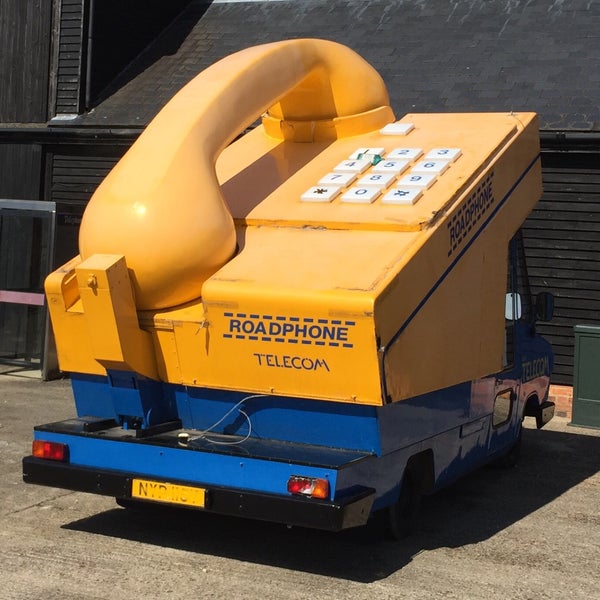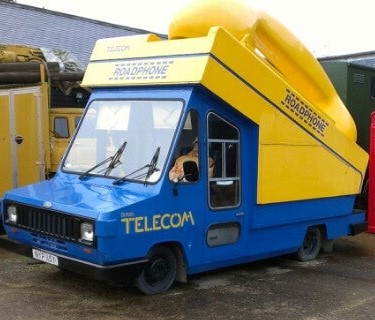| Notes | Built as VIC 27 by Isaac Pimblott & Sons, Northwich, Cheshire in 1943. Working for the Ministry of War Transport, she spent some time in Liverpool, then Greenock. Following the war, taken on by the Admiralty, then - after passing through the hands of a couple of subsequent owners - purchased in 1968 by Sir James Miller and converted into a youth training vessel based at Oban. After the conversion, she was renamed 'Auld Reekie'. In 1979, sold to Bathgate Brothers (Marine) Ltd, Edinburgh, for charter. Nine years later, she appeared at the Garden Festival with banners carrying the words 'Vital Spark' covering her formal name. Apart from a brief employment as this fictional vessel in the 1994 BBC series 'The Tales of Para Handy', she spent the intervening years resting at Crinan Basin. In 2007 she was transferred to Archie McArthur and Inveraray Pier for a year, after which she was returned to the ownership of Crinan Boatyard, where she is still being restored (as of 2022). This information - and much more - at vic27.co.uk. |





















